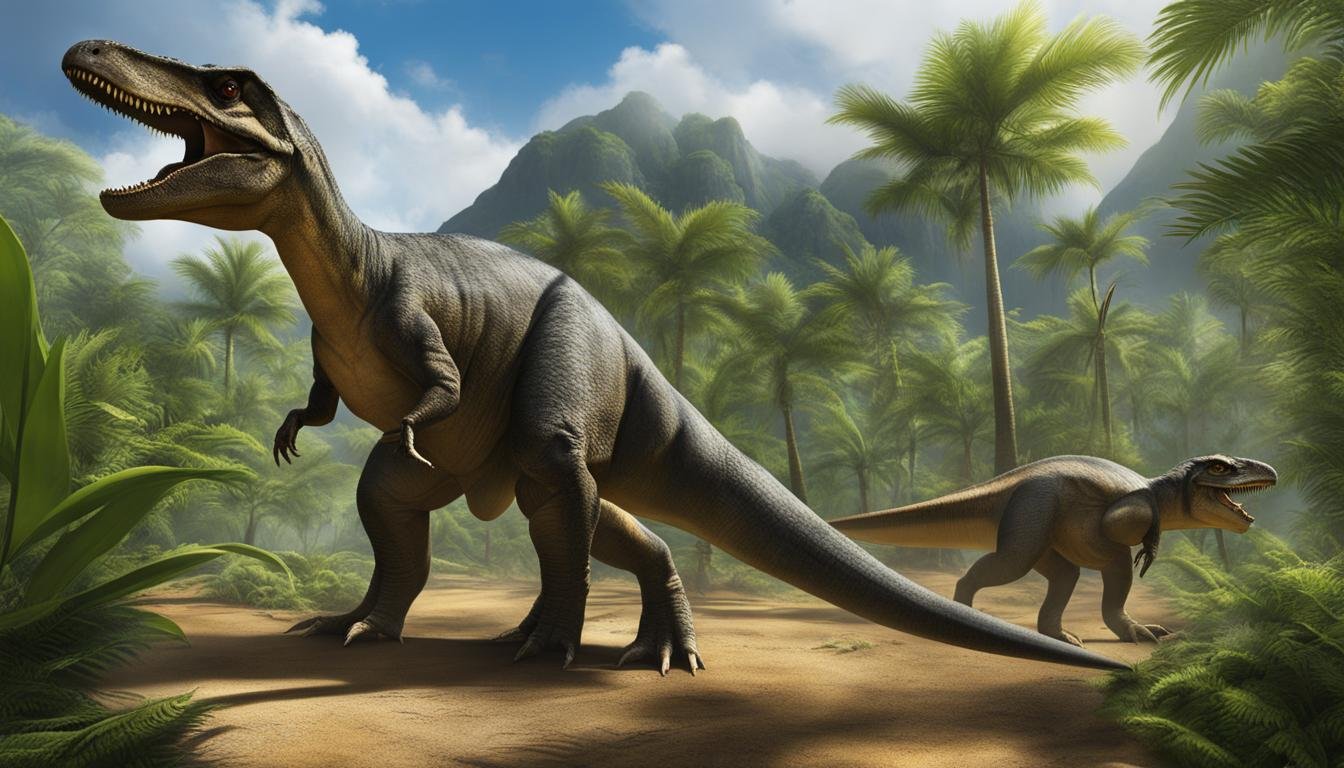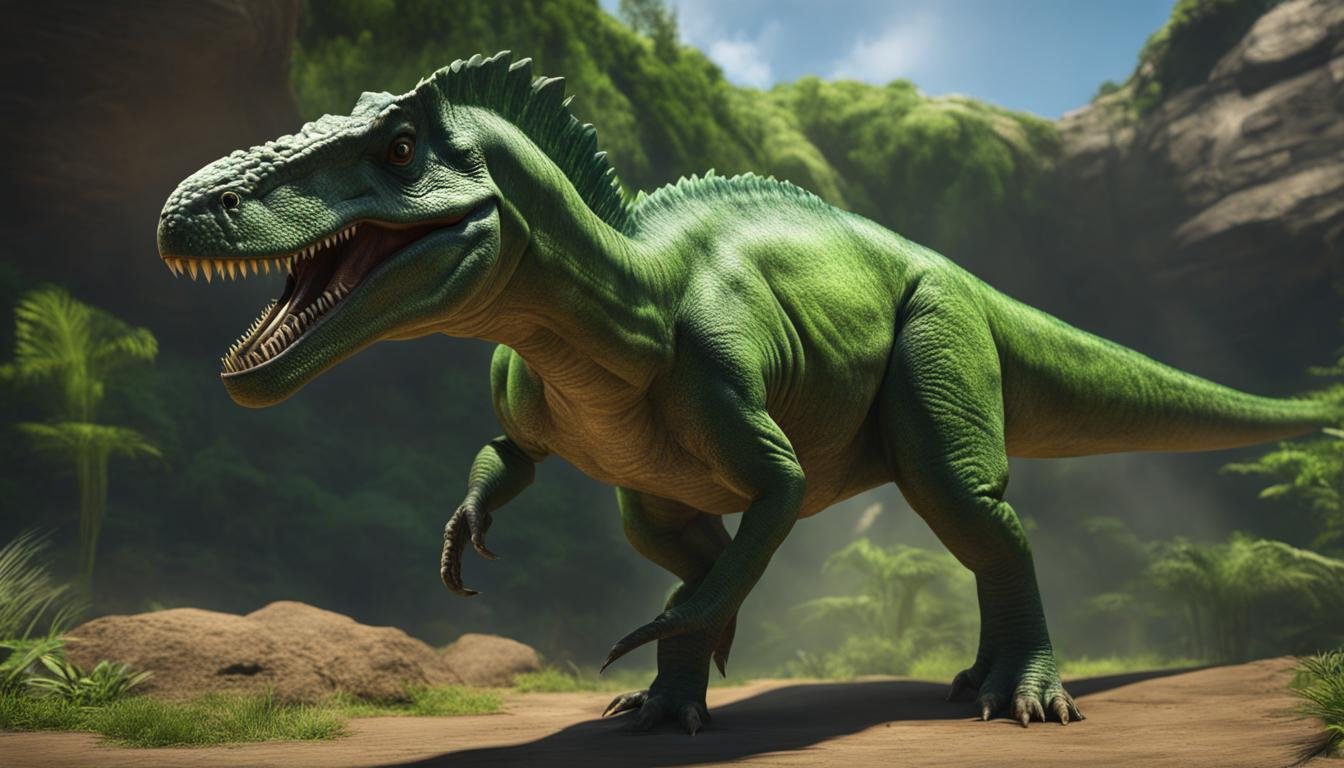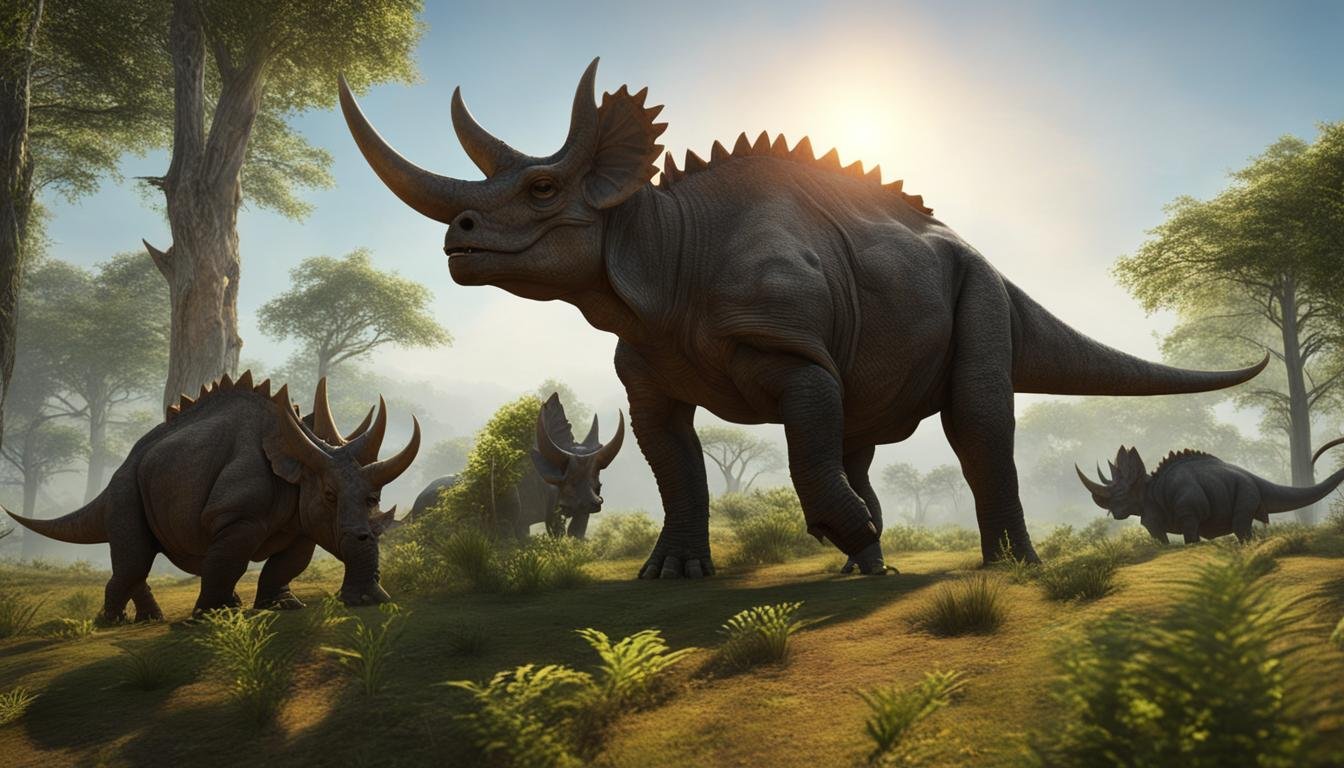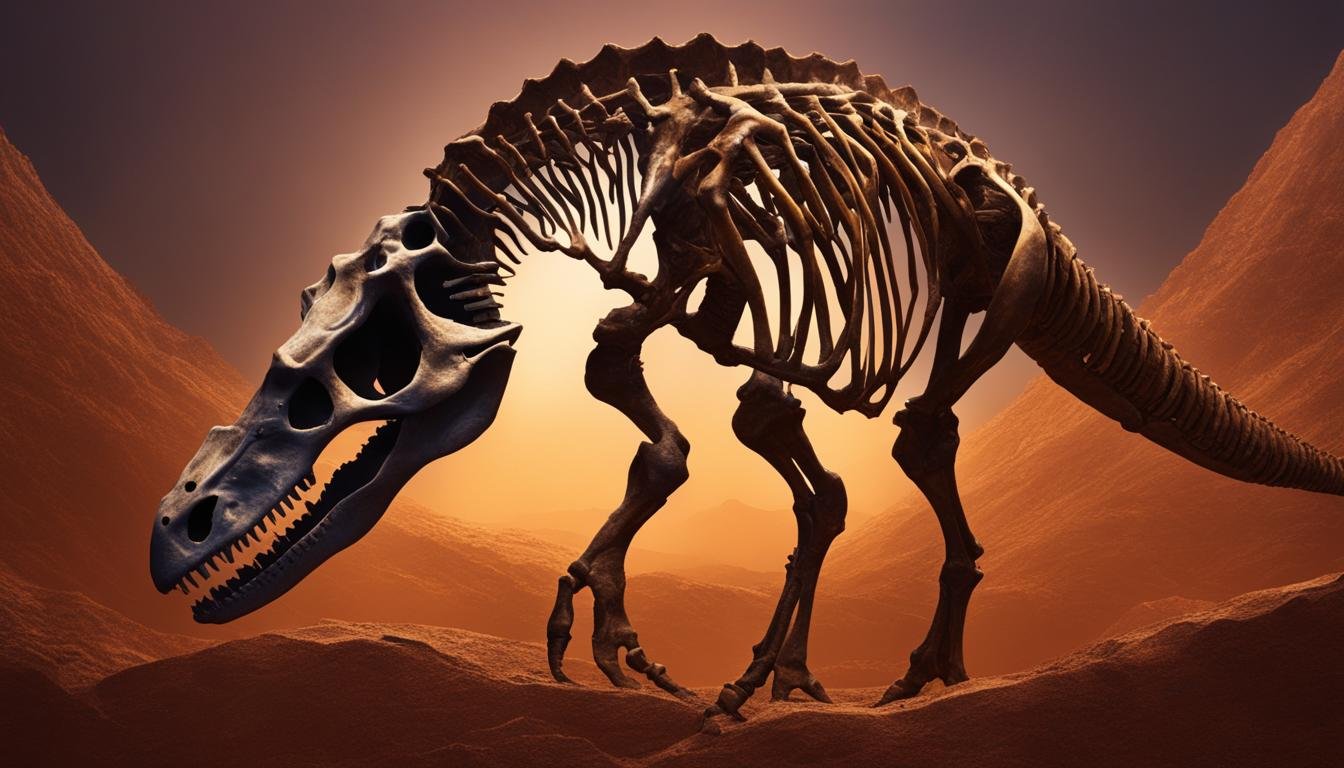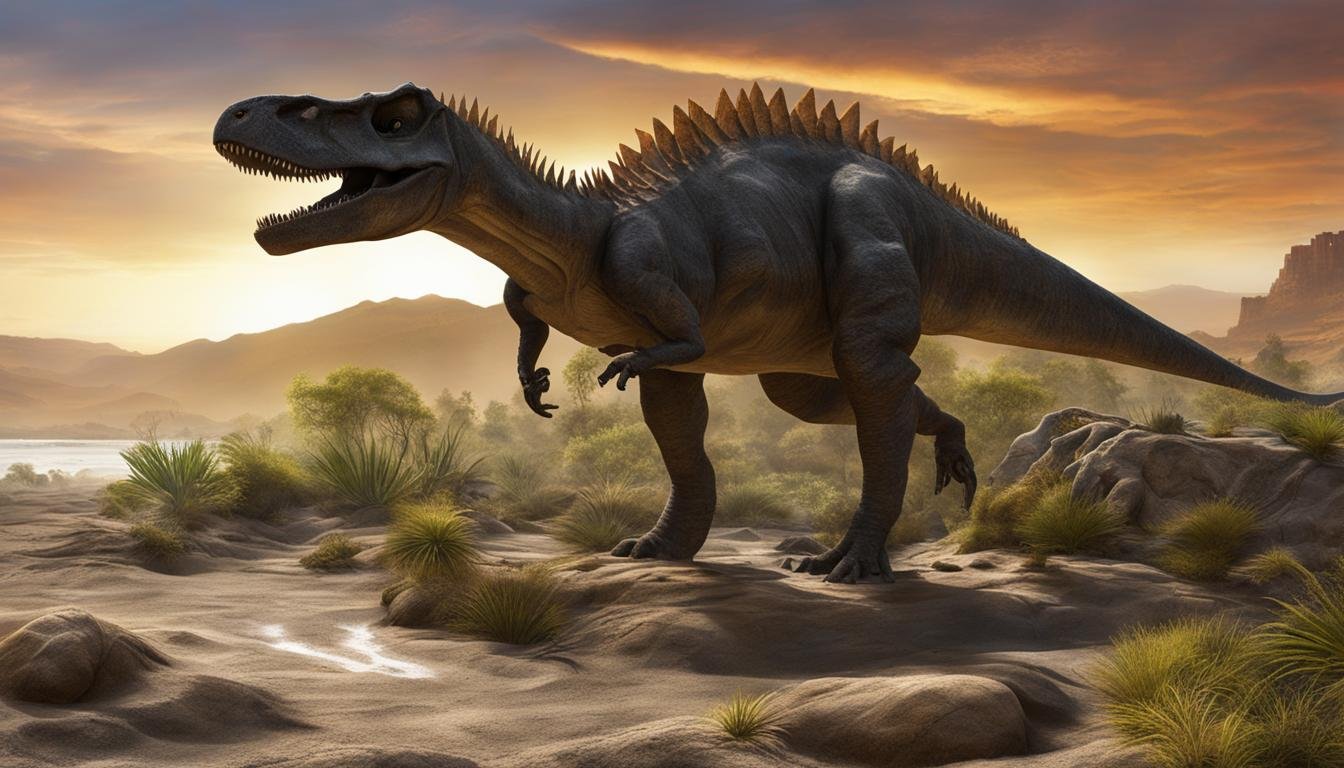Dinosaurs, the ancient creatures that once roamed the Earth, have fascinated scientists and enthusiasts alike. Their evolution spans millions of years, showcasing a remarkable journey of adaptation and diversification. In this article, we will explore the dinosaur timeline, the evolution stages of these incredible creatures, and the fossil record that sheds light on their ancestors. Join us as we delve into the Mesozoic era and uncover the captivating story of dinosaur evolution.
| Main Point | Description |
|---|---|
| Long-Term Dominance of Dinosaurs | Dinosaurs reigned supreme over terrestrial ecosystems for more than 170 million years, evolving from small-sized ancestors to gigantic forms. |
| Insights from Ischigualasto Formation | The Ischigualasto Formation in Argentina is a key site for understanding the early stages of dinosaur evolution. |
| Dinosaurs as Archosaurs | Dinosaurs are part of the archosaur group and are characterized by unique features in their hips and legs. |
| The Quest for the First Dinosaur | The search for the earliest known dinosaur continues, with species like Nyasasaurus being significant contenders. |
| Classification of Dinosaurs | Dinosaurs are broadly categorized into three main groups: Ornithischia, Sauropodomorpha, and Theropoda. |
Dinosaurs: Ancient Creatures of the Triassic Period
The Late Triassic period, approximately 230 million years ago, marked a crucial time in the evolution of dinosaurs. The Ischigualasto Formation in Argentina provides a rare glimpse into the ancient ecosystem that existed during this period. Fossils from the Ischigualasto Formation reveal a diverse range of reptiles, including early dinosaur species such as Eodromaeus, Eoraptor, and Herrerasaurus.
The Ischigualasto Formation was home to various reptilian groups, including rhynchosaurs and cynodonts. These reptiles shared their habitat with the early dinosaurs, offering insights into the complex interactions that shaped the Triassic ecosystem. It is believed that during this time, dinosaurs were still a minority among the dominant reptiles.
Researchers have described the Ischigualasto Formation as a “dinosaur park” due to the abundance of early dinosaur fossils found there. The site has played a crucial role in expanding our understanding of the beginnings of dinosaur evolution.
Dinosaur Discoveries in the Ischigualasto Formation
The Ischigualasto Formation has yielded significant discoveries that shed light on the early stages of dinosaur evolution. Eodromaeus, one of the earliest known dinosaurs, was a small, agile bipedal predator. Its fossils provide crucial evidence of the transition from reptiles to dinosaurs. Another notable find is Eoraptor, a carnivorous dinosaur that shares several characteristics with both dinosaurs and their reptile ancestors.
Herrerasaurus, a larger carnivorous dinosaur, also inhabited the Ischigualasto Formation. This fierce predator was one of the first fully terrestrial dinosaurs, displaying adaptations that allowed for efficient movement on land. The presence of Herrerasaurus indicates that dinosaurs were already diversifying and occupying different ecological niches during the Late Triassic period.
| Dinosaur Name | Classification | Estimated Size |
|---|---|---|
| Eodromaeus | Theropod | 1 meter |
| Eoraptor | Sauropodomorph | 1.2 meters |
| Herrerasaurus | Theropod | 6 meters |
The discoveries in the Ischigualasto Formation highlight the significance of this site in unraveling the early evolution of dinosaurs. These ancient creatures paved the way for the incredible diversity and dominance that dinosaurs would achieve in the following Jurassic and Cretaceous periods.
The Characteristics of Dinosaurs
Dinosaurs belong to a group of animals called archosaurs, which includes modern birds and crocodiles. They can be identified by specific anatomical features, particularly in their hips and legs. Dinosaurs have a stronger connection between their hips and backbone, achieved through a modified structure called the sacrum. This adaptation allows for a more upright posture and bipedality. Bipedality was a key characteristic for early dinosaurs, requiring modifications in the hips, backbone, and limb joints. These features help define dinosaurs and set them apart from other animals.
Dinosaur anatomy is marked by several unique traits. One of the most significant is their hip structure. The hip bones of dinosaurs are distinct, forming a more upright posture compared to other animals. This hip structure, known as the sacrum, allows for more efficient locomotion and supports their bipedal stance. The sacrum of dinosaurs is characterized by a fusion of vertebrae and pelvic bones, providing strength and stability.
“The hip structure of dinosaurs is a defining feature that sets them apart from other animals. The sacrum, with its fused vertebrae and pelvic bones, allows for bipedality and facilitates their dominant presence on land.”
In addition to their distinctive hip structure, dinosaurs also possess unique leg anatomy. Their legs are positioned directly beneath the body, enabling efficient movement and agility. The limb joints of dinosaurs are modified to support their bipedal lifestyle, providing strength and stability during locomotion. These specialized adaptations in their hips and legs allowed dinosaurs to thrive as terrestrial animals for millions of years.
Comparative Features of Archosaurs
| Characteristics | Dinosaurs | Crocodiles | Birds |
|---|---|---|---|
| Hip structure | Sacrum with fused vertebrae and pelvic bones | Loose sacrum | Sacrum with fused vertebrae and pelvic bones |
| Leg position | Beneath the body | Spread wide to the sides | Beneath the body |
| Limb joint adaptations | Modified for bipedal locomotion | Modified for aquatic movement | Modified for flight |
The unique characteristics of dinosaurs’ hips and legs played a crucial role in their success as a diverse group of animals. These adaptations allowed them to thrive in various environments and ultimately dominate the land for millions of years, leaving behind an enduring legacy in the fossil record.
The Search for the First Dinosaur
Scientists have long been fascinated by the origin of dinosaurs and their evolutionary history. The search for the first dinosaur is an ongoing endeavor that involves examining a wide range of fossil evidence and studying the relationships between different species. One key aspect of this search is identifying close relatives of dinosaurs that could provide insight into their early evolution.
A group of reptiles called silesaurids has emerged as one of the closest relatives to dinosaurs. These reptiles share some anatomical characteristics with dinosaurs and have been found in fossil deposits dating back to the Late Triassic Period. The discovery of silesaurids has expanded our understanding of the early dinosaur lineage and provided valuable clues about their origins.
“The closest relatives to dinosaurs, the silesaurids, have been identified within the last two decades.”
One potential candidate for the first dinosaur is Nyasasaurus, a partial fossil discovered in Tanzania. Dating back around 240 million years, Nyasasaurus exhibits features that are similar to early dinosaurs, such as a long neck and slender limbs. However, the classification of Nyasasaurus is still uncertain, and further research is needed to determine its exact relationship to dinosaurs.
| Characteristics | Nyasasaurus | Early Dinosaurs |
|---|---|---|
| Bipedal | Yes | Yes |
| Predatory | Uncertain | Yes |
| Anatomical Similarities to Dinosaurs | Present | Present |
| Age | Around 240 million years | Varied |
Regardless of its exact status, Nyasasaurus and other early dinosaurs were likely small, bipedal predators. These early dinosaurs paved the way for the incredible diversity of species that would later dominate the Earth during the Jurassic and Cretaceous periods.
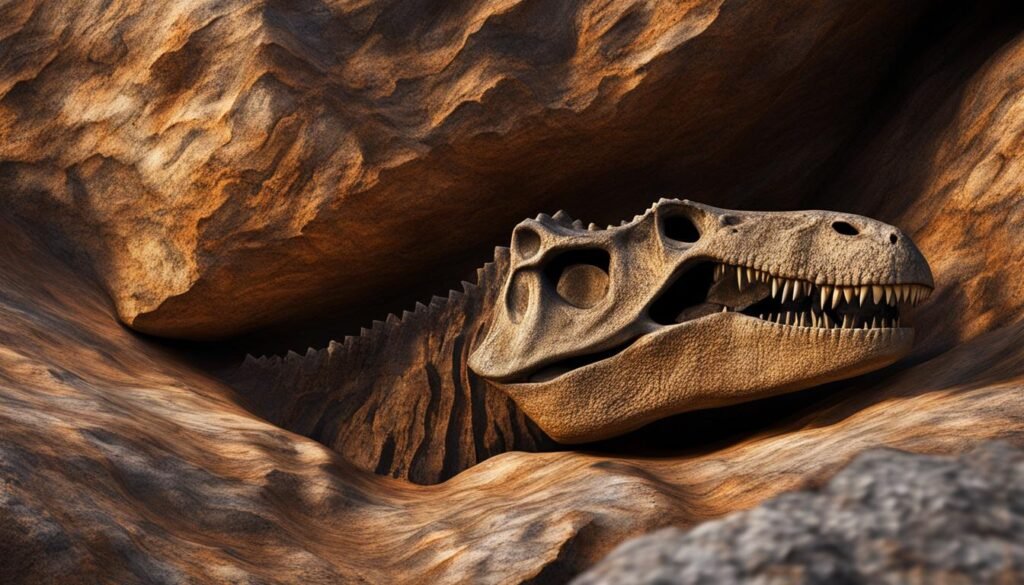
The Diversity of Dinosaurs
Dinosaurs can be classified into three main groups: Ornithischia, Sauropodomorpha, and Theropoda. Each group had distinct characteristics and played a unique role in the ancient ecosystems they inhabited.
Ornithischia
The Ornithischia group consisted of beaked, plant-eating dinosaurs that thrived during the Mesozoic era. This group included iconic dinosaurs such as Stegosaurus and Triceratops. They were characterized by their bird-like hips, with pubic bones that pointed backwards. Ornithischians were among the most successful herbivores of their time, occupying various niches and feeding on diverse vegetation.
Sauropodomorpha
The Sauropodomorpha group included some of the largest dinosaurs that ever lived, such as Diplodocus and Brachiosaurus. These dinosaurs had long necks, massive bodies, and were primarily herbivorous. Sauropodomorphs had a unique skeletal structure, with their nostrils located high on their heads and a distinctive hip structure. They played a crucial role in shaping the ecosystems they inhabited, influencing plant distribution and ecosystem dynamics.
Theropoda
The Theropoda group consisted of meat-eating dinosaurs, including the legendary Tyrannosaurus rex and Velociraptor. They were characterized by their sharp teeth, powerful jaws, and often bipedal locomotion. Some theropods, such as birds, survived the extinction event that wiped out their non-avian counterparts and evolved into the creatures we see today. Theropods were top predators in their environments, playing a critical role in maintaining the balance of ancient ecosystems.
| Dinosaur Group | Examples | Characteristics |
|---|---|---|
| Ornithischia | Stegosaurus, Triceratops | Beaked herbivores with bird-like hips |
| Sauropodomorpha | Diplodocus, Brachiosaurus | Long-necked herbivores with massive bodies |
| Theropoda | Tyrannosaurus rex, Velociraptor, birds | Meat-eating dinosaurs with sharp teeth and bipedal locomotion |
These dinosaur groups showcase the incredible diversity that existed during the Mesozoic era. With over 1,500 scientifically described species, dinosaurs had a significant impact on the Earth’s ecosystems and continue to fascinate scientists and the general public alike.
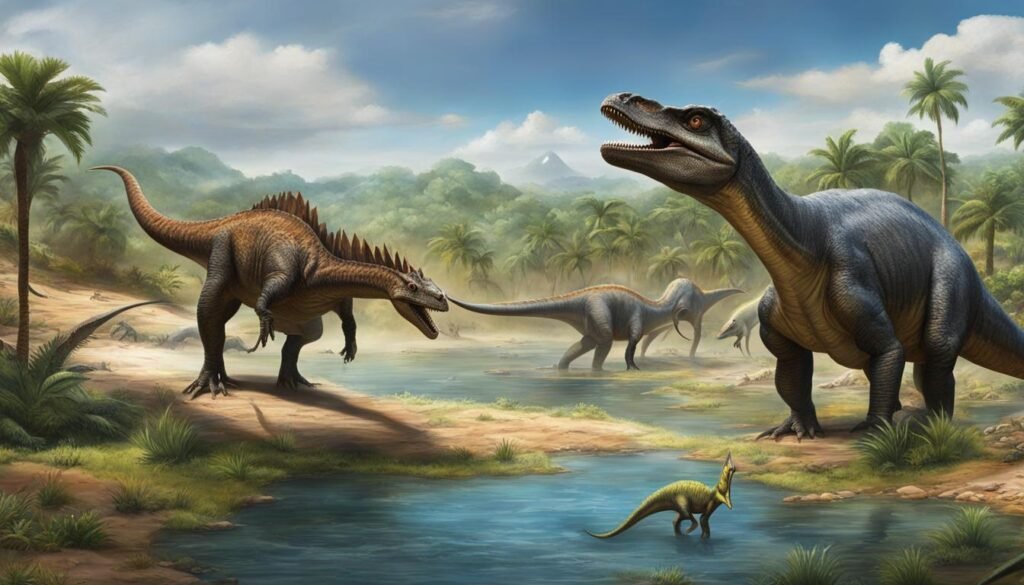
Dinosaurs Through Time: Mesozoic Era
The Mesozoic era, spanning from around 252 to 66 million years ago, is commonly referred to as the “Age of Dinosaurs.” It is divided into three periods: the Triassic, Jurassic, and Cretaceous. During this time, dinosaurs rose to prominence and became the dominant terrestrial vertebrates, evolving into a wide variety of species.
In the Triassic period, which occurred from approximately 252 to 201 million years ago, dinosaurs began to emerge. However, they were not the dominant group, with other archosaurs, such as crocodile-like animals, occupying the ecological niches. It was not until the end-Triassic extinction event, around 201 million years ago, that dinosaurs began their ascent to dominance.
The Jurassic period, spanning from around 201 to 145 million years ago, saw the peak of dinosaur diversity. This period is often associated with iconic dinosaurs such as Stegosaurus, Triceratops, Diplodocus, and Brachiosaurus. Dinosaurs thrived in the diverse environments of this era, including lush forests and vast plains.
The Cretaceous period, from approximately 145 to 66 million years ago, marked the final chapter of the Mesozoic era. It is known for the presence of famous dinosaurs like Tyrannosaurus rex and Velociraptor. However, the end of the Cretaceous period is also associated with the mass extinction event that wiped out the dinosaurs and many other species on Earth.
| Period | Duration (million years ago) | Key Events |
|---|---|---|
| Triassic | 252 – 201 | Emergence of dinosaurs, end-Triassic extinction event |
| Jurassic | 201 – 145 | Peak of dinosaur diversity |
| Cretaceous | 145 – 66 | Mass extinction event, end of the dinosaurs |
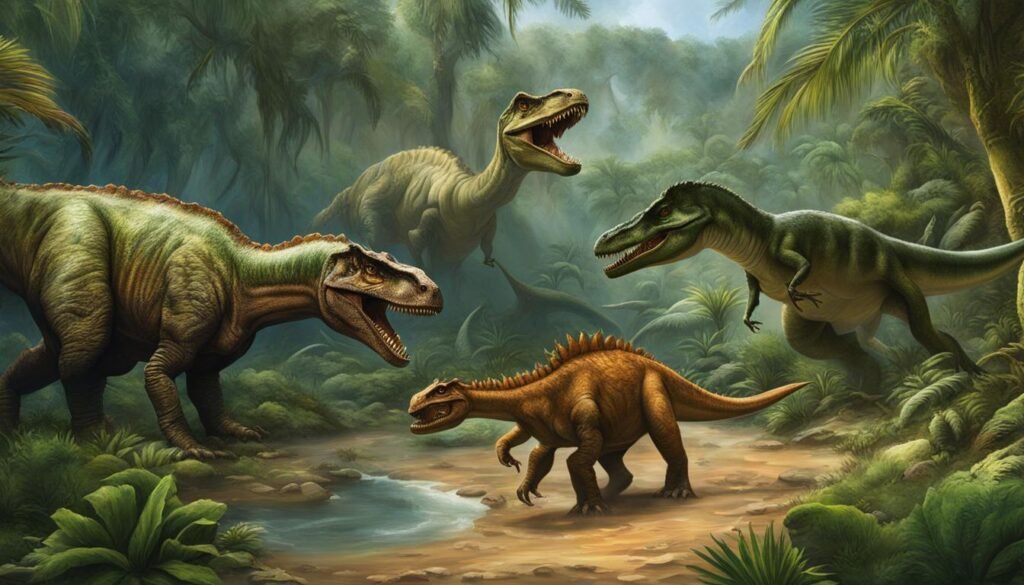
In the Mesozoic era, dinosaurs reigned supreme, shaping the landscapes and ecosystems of their time. Their story unfolds through the Triassic, Jurassic, and Cretaceous periods, each marked by unique environmental conditions and iconic dinosaur species. From their humble beginnings in the Triassic to their glorious diversity in the Jurassic and their eventual demise in the Cretaceous, dinosaurs left an indelible mark on Earth’s history.
Conclusion
Dinosaurs were a diverse and successful group of animals that had a significant impact on Earth’s history. They evolved over millions of years, starting as small predators and evolving into some of the largest creatures to have ever walked the planet. The origin of dinosaurs is still being researched, but evidence suggests that they had a longer evolutionary history than originally thought.
Through the Triassic, Jurassic, and Cretaceous periods, dinosaurs flourished and adapted to various environments. Their evolution and diversity left a rich fossil record that provides valuable insights into the history of our planet. Understanding dinosaur evolution is crucial in unraveling the mysteries of Earth’s past and the interplay between ancient life forms.
Dinosaurs not only played a significant role in shaping ecosystems during their reign but also influenced the course of evolution. Their dominance as terrestrial vertebrates in the Mesozoic era had far-reaching effects on the development of the planet. By studying and comprehending the story of these ancient creatures, scientists gain a deeper understanding of the Earth’s history and the intricate web of life that existed millions of years ago.

